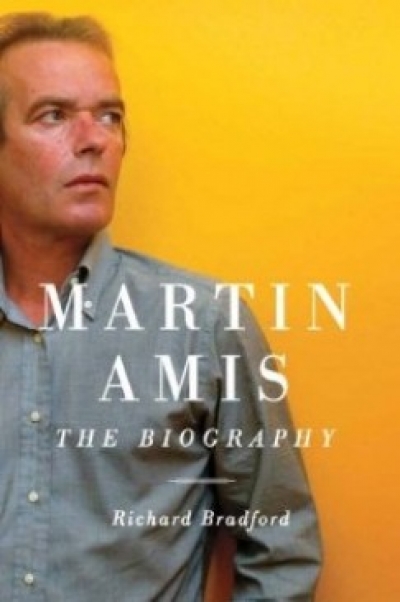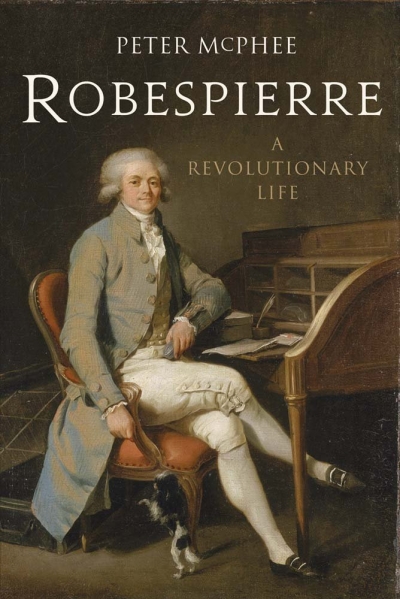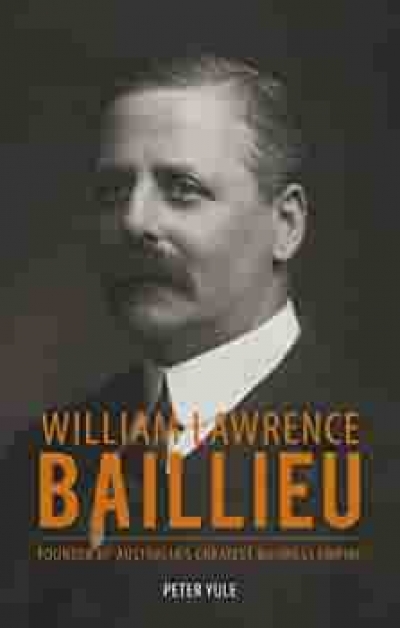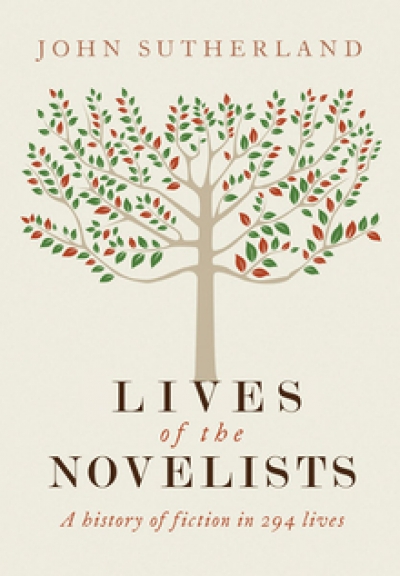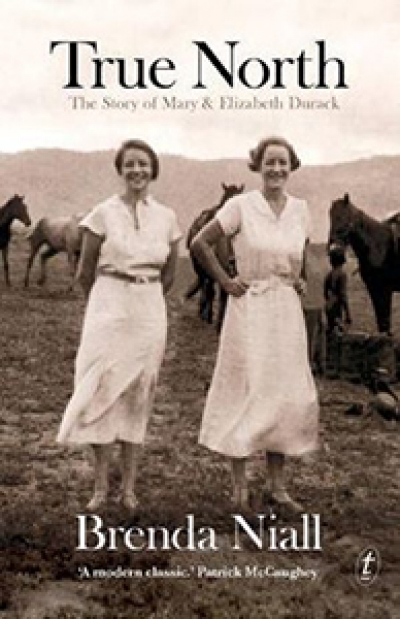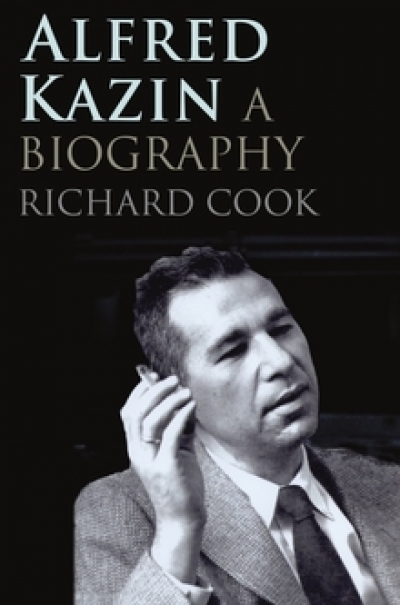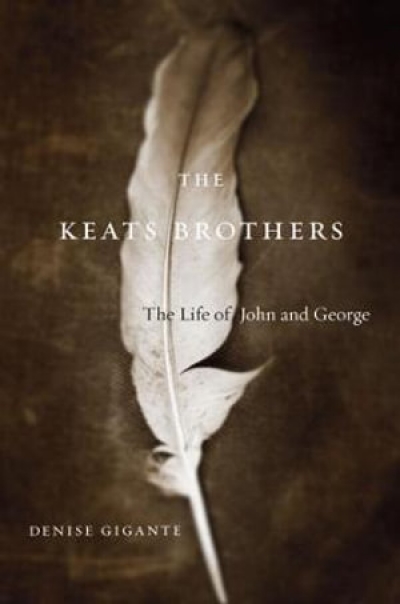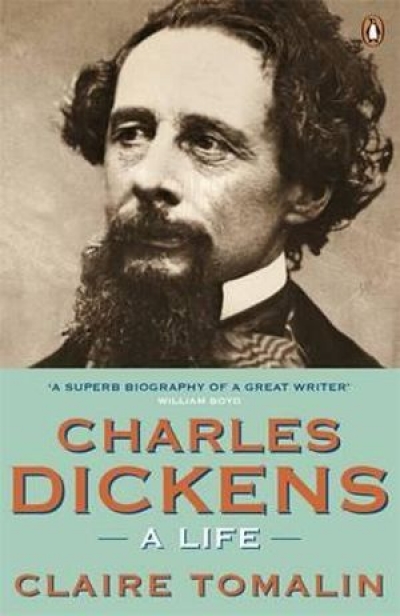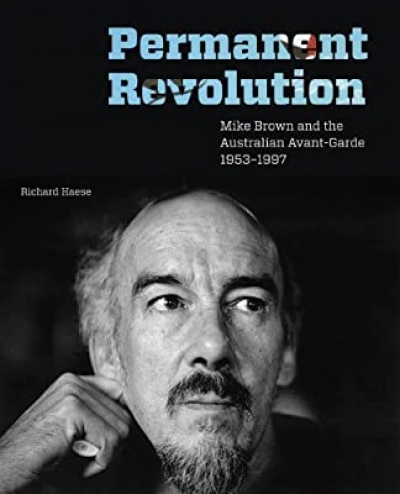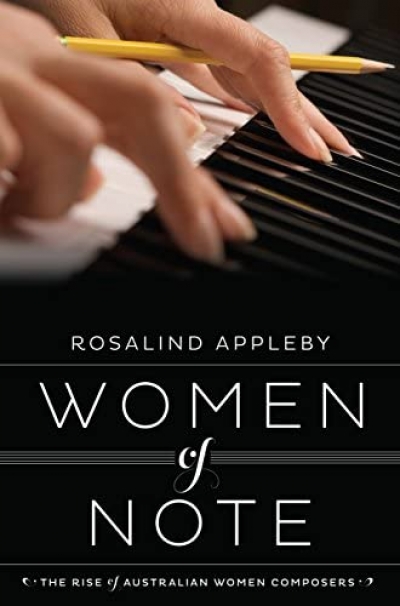Biography
William Lawrence Baillieu: Founder of Australia’s Greatest Business Empire by Peter Yule
by John Arnold •
Lives of the Novelists: A history of fiction in 287 Lives by John Sutherland
by James Ley •
True North: The story of Mary and Elizabeth Durack by Brenda Niall
by Susan Sheridan •
Alfred Kazin by Richard M. Cook & Alfred Kazin’s Journals edited by Richard M. Cook
by Don Anderson •
The Keats Brothers: The life of John and George by Denise Gigante
by William Christie •
Charles Dickens by Claire Tomalin & Becoming Dickens by Robert Douglas-Fairhurst
by Evelyn Juers •
Permanent Revolution: Mike Brown and the Australian avant-garde1953–97 by Richard Haese
by Peter Hill •
Women of Note: The rise of Australian women composers by Rosalind Appleby
by Jillian Graham •

